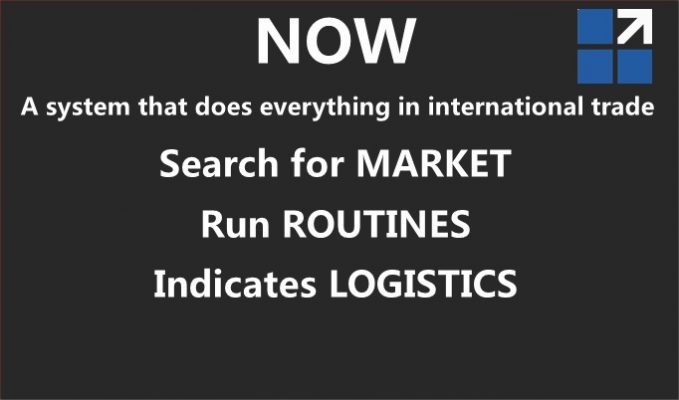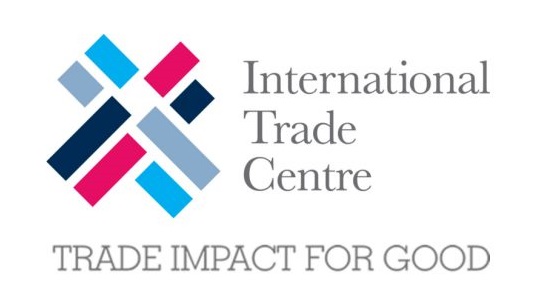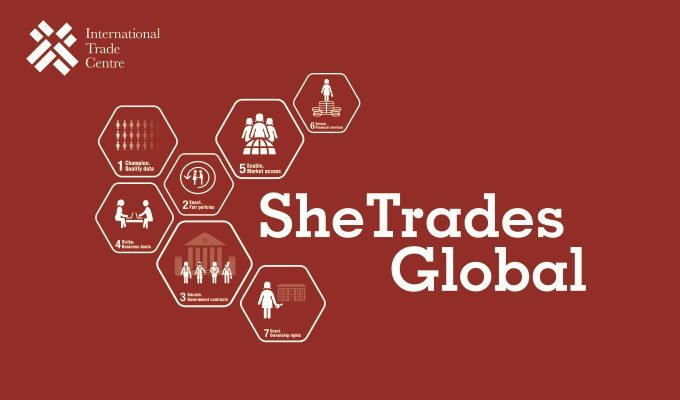Market: to whom to export?

Market: to whom to export?
In 2021, the Export Journey project is being carried out, an initiative of CONAMPE – National Confederation of Micro and Small Businesses and INTRADEBOOK, with 6 Workshops and 12 Lectures on Export. The third lecture is this: Market: to whom to export?
The Workshops address practical aspects of using the INTRADEBOOK platform for export and import, and the Lectures address specific topics related to foreign trade in the areas of Market, Routines and Logistics.
Lecture 3: Market: to whom to export?
Many articles, opinions and guidelines that talk about international trade treat it as something complex, bureaucratic and for few companies. They have many needs, difficulties and a series of requirements to trade with other companies from other countries, which scares more than helps companies.
All these requirements are normal in the domestic market and, therefore, are not exclusive to those who want to do international business.
We can simplify international business problems into three basic problems: Market, Routines and Logistics.
To share the lecture on “Market: to whom to export?”, lecture number 3 of the Export Journey, we invited Professor Nicola Minervini, one of the most renowned international consultants.
In “Market: to whom to export?”, we can have the following answer: there will always be someone or some company that is in need of your product, as a result of exchange, need or competition.
1.1 Trade Result
When two or more countries or two or more companies negotiate the exchange of products, according to their interests, where an import is linked to the realization of an export, as compensation. Normally this initiative belongs to the State, which through its intermediation can benefit a region. But, it can also be performed by a “trading company” or by Trade and Industry Associations.
Example: Company “A” needs to import a machine, and its region is a producer of garments. Company “A” negotiates with company “B”, where it will import the machine as long as company “B” also imports garments from the region, or from its own manufacture, if applicable.
1.2 Need
When a company or a country needs a product or a service, due to the absolute inexistence of that product or service in its market. Later on, we’ll see more about this need and the diversity from country to country.
1.3 Competition
This is the most common reason in international export and import operations, in which companies buy and sell, according to the market and competitiveness.
Competition or competitiveness is verified by comparing 3 factors: price, delivery and quality.
1.3.1 Price
The product or service that presents the lowest cost price for the importer, calculating all costs up to the final destination.
1.3.2 Delivery
The product or service must be delivered in the shortest possible time, as deadline can be a need or a factor so preponderant that it implies costs.
1.3.3 Quality
The product or service must have the best quality compared to competitors, as quality can mean more security and more profits for the importer.
Market: to whom to export?
These are some guidelines for those who export. The Export Journey is a logical sequence to start an export process, following the concept of the three pillars of international trade – market, routines and logistics. More details can be found on the website http://www.conampe.org.br and on the website www.intradebook.com.
Image: intradebook.com and conampe.org.br






